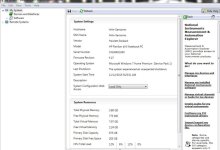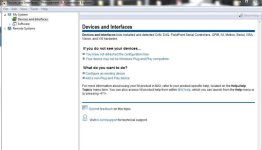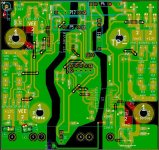Arlo1 said:
I added 1 47uf cap to the 5v circuit on each driver board today. I also found 25 schotky diodes in my inventory and it turns out they are the best to protect the drivers from voltage fluctuations causign latching.
I have 1 phase done and hope to add then go the other two tomorrow and test it.
I will post a sch. Soon.
Great project you have here!
If I may add to the 5 volt side of things, this is pretty basic stuff here, certainly compared to the other stuff in this thread.
Each chip or consumer should have a local (ie as close as possible) decoupling cap with a low as possible ESR, bigger caps have lower ESR but are not always practical, so high quality "low esr" types are desired.
In the 25 years of building and modding pro audio equipment I've grown a favour to the Nippon chemicon lxf and Panasonic FC and now FR series.
A 220uf per consumer would do in most cases, where you have the space (parallel bodged on the underside of the pcb) you could add a foil (such as a wima mkp series) or tantalum capacitor to get the really hf noise out.
Just poke around with the scope to see how flat your 5vdc is. (noise should be down to millivolt levels)




